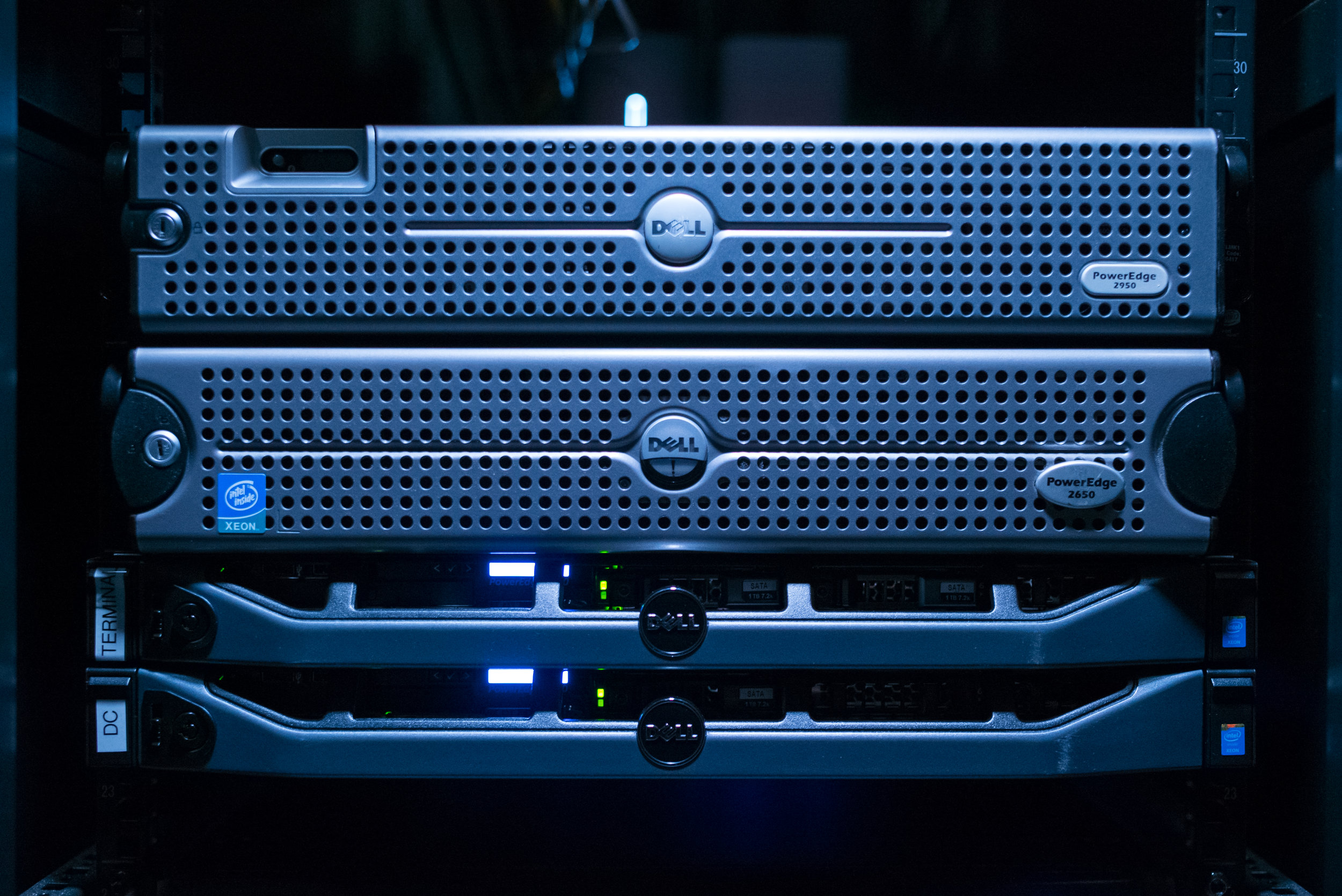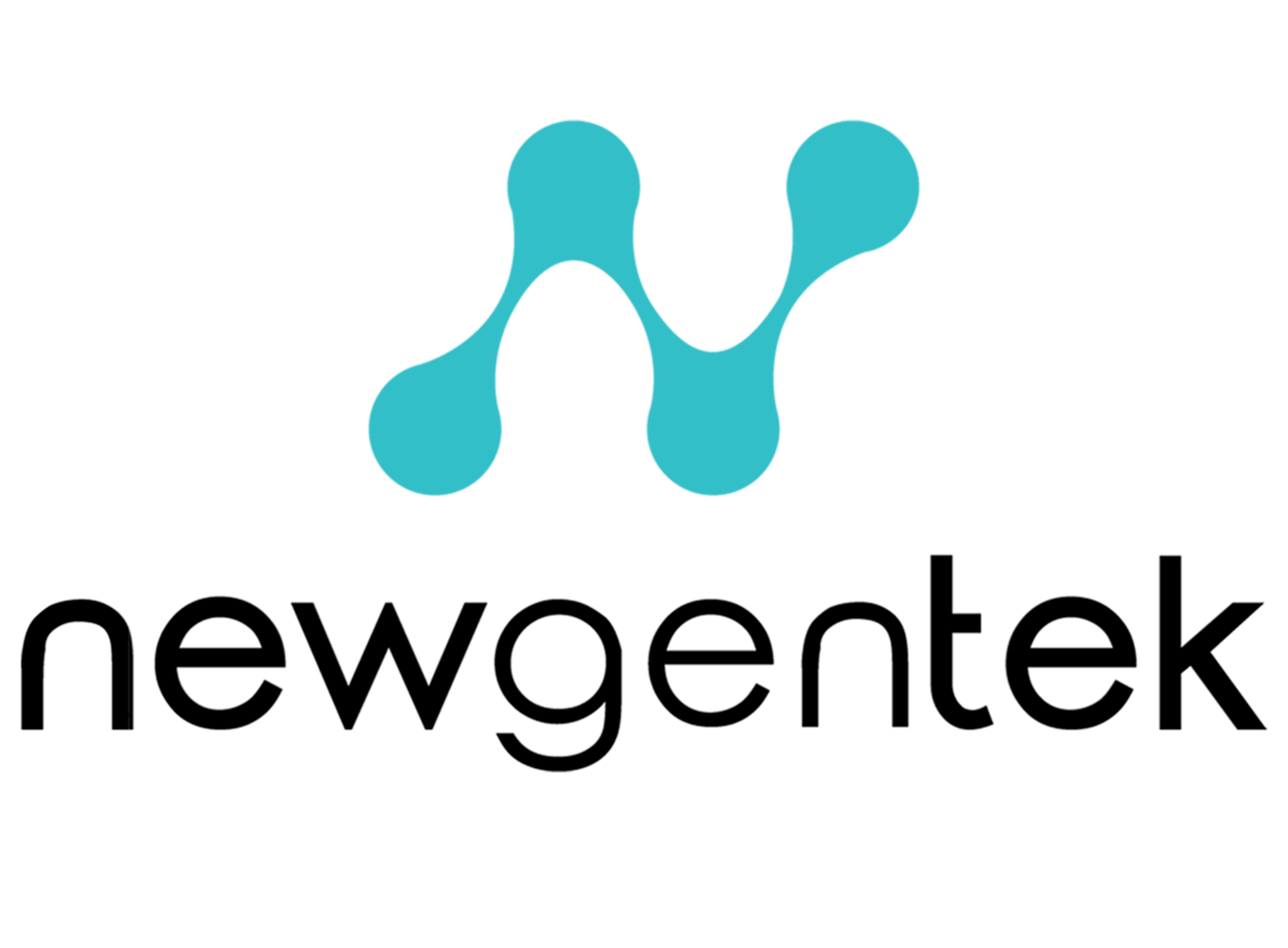
NEWGENTEK BLOG
Managed Services - Workplace Technology - Outsourced IT Support
Newgentek is a leading managed IT services provider in Tampa Bay
Newgentek is proud to be a leading managed IT services provider in Tampa Bay. If you’re looking for a company to partner with, we’re always standing by to assist you and your team.
Here are a few reasons why you should consider working with us:
Our Team: Our team is experienced and focused on successful outcomes. We work hard to ensure our team is trained and understands our culture and commitment to our customers starting on day one. Earning the right to be your trusted technology partner takes time. We keep earning it every day with every interaction with your entire team and it’s a focus that all of our team members understand.
Breadth and Depth: Our capabilities and experience extend beyond most managed IT service providers. In addition to helpdesk, professional services engineers, and technical account managers, we also have field services team members and infrastructure engineers who can design, maintain, and expand your physical network infrastructure and workplace technology (conference rooms, huddle spaces, digital signage, etc.) across your locations. Many of our customers have multiple sites spread across the country.
Partnerships: Our team has deep relationships in the industry, and we stay on top of technology. We have partnerships with all of the major manufacturers, software, and hardware vendors and are able to leverage these to deliver industry-leading solutions.
Plan Ahead For Growth
Pay-at-the-table, mobile point of sale, digital signage. The modern restaurant and retail establishment has so much technology and complexity can grow quickly for operators.
Pay-at-the-table, mobile point of sale, digital signage. The modern restaurant and retail establishment has so much technology and complexity can grow quickly for operators. Some of the biggest challenges we see starts with not having a solid infrastructure plan as you scale. Often times operators are faced with significant challenges as they try to roll-out new technology systems and platforms if their unit-level infrastructure isn't properly planned, documented, and systematized. Our customers have had to spend significant time, effort, and money going back and retrofitting or re-configuring equipment at some of their earlier locations. Most of this could have been avoided with guidance up-front that started with a solid plan for growth.
Here are some tips for thinking about growth up-front:
Start with the cloud - Your corporate infrastructure should start with the cloud. Hosted email (Google Apps, Office 365), collaboration tools (Dropbox, Box.net), and Voice over IP phone system can help keep you and your team productive without investing in a server. Even your back-office systems are hosted in the cloud which brings your physical IT infrastructure to almost nothing.
Plan your growth up-front - Things like bandwidth, networking infrastructure, and even cabling should be engineered with a focus around growth. Typically the investment isn't that much more to ensure that your stores are ready to grow into the future. Spend time choosing equipment and developing standards that you can repeat at all of your stores. You will save significant time and energy in the future when you need to make a change or deploy a new system that relies on a solid infrastructure.
Redundancy and Business Continuity - Locations that have high transaction volumes can deploy redundant and failover internet connectivity to ensure that they can continue to process credit cards, gift, and loyalty in the event their primary connection is interrupted. We handle this by a secondary traditional provider or a 4G (Cellular) connection. Also, thinking about things like offline music can ensure your guests still receive the same experience if there is a service interruption.
Remove paper and increase efficiency and communication - Spend time thinking about systems that can help you be agile and communicate information across multiple units. A strong back-office system to handle your accounting and a system can help you build processes that will save you time and money in training and labor. When I first started working in hospitality I developed a software platform, Fusionprep, that handles back-of-house kitchen operations. It takes the paper out of the kitchen and allows operators to make changes to their recipes and build cards with the click of a button and communicate it to all of their units. It also stores and prints food safety labels for all of their prepped items ensuring that all of the items in the kitchen are labeled properly 100% of the time.
You should find a partner that has a focus on your business. IT is complex enough, when you combine that with fast-pace restaurant and retail environments it pays to have a partner that understands your unique challenges and support requirements. We work with multi-unit brands across the country to design, engineer, install, and support infrastructure and systems at some of the fastest growing hospitality brands. When we win new business from an existing provider, it's typically because they don't understand the support demands. If there is something we can help you with, feel free to reach out.
The Five Areas Where Multi-Unit Operators Are Overspending
Over the years we have worked with many operators on decreasing the upfront costs of opening new stores, lowering their support costs, and getting their technology to do what they want it to. We’ve unfortunately seen a lot of mistakes along the way, that could have been prevented...
Over the years we have worked with many operators on decreasing the upfront costs of opening new stores, lowering their support costs, and getting their technology to do what they want it to. We’ve unfortunately seen a lot of mistakes along the way, that could have been prevented with proper planning with a strategic partner. When we meet with a potential client, one of the first things we do is a Technology Infrastructure Assessment to determine what is working and what needs to be tweaked or changed. In doing this assessment, we’ve found there are usually five main areas that operators are overspending: labor, support, products and software, change orders, and telecom. With proper planning, these areas can be streamlined, standardized, and become very useful in growing your business, but when not implemented properly, can lead to overspending, inefficiencies, and even lost business.
Labor
Paying for skilled labor in the opening process of a store or restaurant is one of the most costly pieces of the infrastructure process. This is partly due to the fact that training takes time, effort, and collaboration. Training employees properly is one of the most important factors in a smooth opening, where understanding and using the technology to deliver a smooth customer experience can determine whether or not they return to your restaurant. Training on software and technology is complex and can be difficult for internal trainers to cover all topics in detail before a store opens. This is where you should ask yourself if your current vendor acts as a strategic partner. A technology vendor who provides training support before a store opening is key. Sending internal trainers to each store opening to train employees on equipment and software is costly and in most cases inefficient. Your IT partner should offer training services and should deploy an onsite technical support person for your store openings to train your employees, answer questions, and handle any issues pre-opening. They should also be available to “train the trainers” and get them up to speed before store openings.
Support
Many times when we evaluate the current support provider during our assessment, there are redundancies or inefficiencies. Do you have internal technicians employed for support services and break-fix problems? Paying salaries plus benefits for a whole IT department can be much more costly than outsourcing your IT department. The ideal program would come from a consolidated vendor with an experienced support team who can support your business on an as-needed basis, with the costs built into the contract. If an internal IT support program is part of your corporate structure, many times outsourcing IT can not only decrease the need for multiple internal technicians, but it can also free up time for the internal IT department to focus on more strategic technology planning and initiatives.
Products and Software
The cost of your products are directly related to the engineering, design, and type of products you’re using in your store. When we evaluate potential customers’ infrastructure, we find the cost of products to be much higher than they need to be. The systems and products are over-engineered, do not help the customer meet the objectives of the business, or they are causing inefficiencies. Sometimes it is just a matter of working with a vendor who knows and understands the restaurant industry and what technology you need to operate your locations with ease. Do you need Mobile Device Management implemented so you can have visibility to all of the Ipads at your hostess stations across the country? Do you have different products at all of your different locations? Just standardizing products across your brand can help tremendously with the cost of training, support, and installation. If your current vendors aren’t asking you what your business goals are before they are customizing your product setup, then chances are you’re overpaying for something that isn’t doing what you need it to do.
Change Orders
The hospitality and retail industries are ever-changing. And so are the needs of the next generation customer. With that in mind, we set out to determine how operators could avoid the cost of change orders and re-configuring devices with every store opening. Anticipating and planning for growth is one of the most important strategies to help with the costs of growing pains. Having a clear developmental roadmap with clear plans for things like bandwidth, networking, and even cabling is a great strategy to save money. Do you have enough bandwidth to support your growing brand, or will it become a problem later when your customer base grows? Do you have failover internet solutions in all of your high-volume locations so credit card, gift and loyalty processing can continue in the event of an internet outage, or will you have to go back later to install after problems arise? Costly change orders can be prevented in the early planning stages. Standardizing your infrastructure across the brand, keeping equipment the same, and getting franchisees on the same page with your corporate technology initiatives are key to keeping costs down throughout your business’ growth.
Telecom
Finding ways to save money on telecom services goes beyond just what provider you’re using. You may be paying for phone services with features that you don’t need or don’t know how to use. Sometimes we find that the current phone system is not even working properly, causing latency issues, missed phone calls, and ultimately lost business. Working with a technology vendor that offers training and support for your telecom needs is a must. They should be able to offer product knowledge on features that will help drive your business forward. As the size of your organization changes, so do your telecom and data needs. Your technology vendor should also be holding annual (at the very least) reviews of your telecom usage to discover inefficiencies and problems.
When you’re running and growing a multi-unit business with tight margins, changing customer demands, and growing competition, it’s important to work with a vendor who understands your industry, has product knowledge and expertise, and is available to support your business from concept to implementation, all with the goal of driving efficiencies and lowering your costs. This should start in the pre-planning process, but continue through the growth of your brand, with normal check-ins to evaluate the health and stability of your technology infrastructure. If you think you might need our services, contact us for a Technology Infrastructure Assessment, where we can establish a baseline for what’s working and what’s not for your business!
